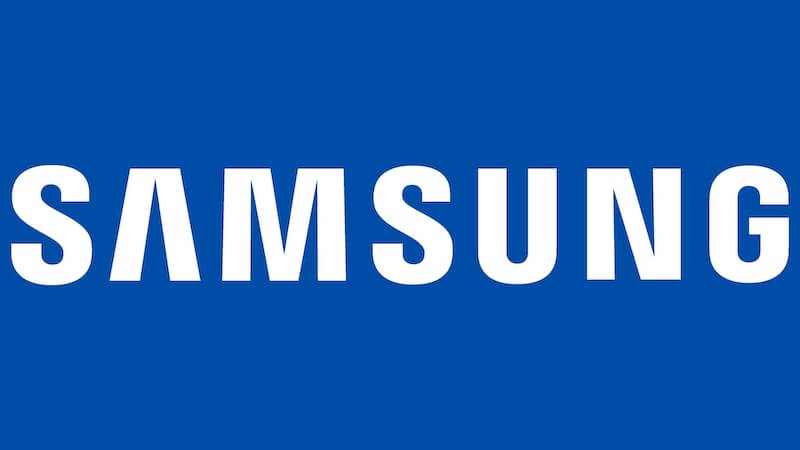Samsung is gearing up to launch its next-generation Exynos 2600 chipset, poised to power the upcoming Galaxy S26 Edge and Pro models, expected in early 2026. The Exynos 2600 stands out as it will be built using Samsung's cutting-edge 2nm Gate-All-Around (GAA) technology. This makes it the first flagship chipset fabricated on this advanced process. Samsung's foundry business is also ramping up mass production of the Exynos 2600 using the 2nm GAA process.
2nm GAA Technology: A Leap in Performance and Efficiency
The move to a 2nm process is a significant step forward, promising enhanced power efficiency and performance. Compared to the prior 3nm designs, 2nm GAA transistors are smaller and more efficient. By wrapping gates around nanowires, Samsung aims to minimize power leakage and boost performance, which is crucial for demanding AI tasks. Reports indicate that this technology could deliver up to 25% better power efficiency compared to 3nm chips. The company's Gate All Around (GAA) transistor architecture is maturing continuously in both performance and yield.
Exynos 2600 Architecture and Performance Expectations
Leaks and rumors surrounding the Exynos 2600 suggest a 10-core CPU layout. This design potentially includes one prime core clocked at 3.55GHz, three performance cores at 2.96GHz, and six efficiency cores running at 2.46GHz. Such a configuration aims to strike a balance between power and energy savings, especially during everyday use. For graphics, the Exynos 2600 is expected to feature an Xclipse 960 GPU. This GPU is rumored to offer a 15% performance increase compared to the Adreno 830 found in Qualcomm's Snapdragon 8 Elite. The Exynos 2600 will offer a significant improvement in NPU (Neural Processing Unit) performance versus the prior version with enhanced support for on-device AI functionality.
AI Capabilities and Thermal Management
Samsung is emphasizing enhanced AI capabilities for the Exynos 2600. The chip is expected to feature an advanced AI processing unit, enhancing features like smart photo editing, voice recognition, and overall system optimization. The upgraded Neural Processing Unit (NPU) will handle complex on-device tasks, including real-time language translation and advanced photography, without relying on cloud servers. Samsung is also reportedly introducing a new cooling approach called Heat Pass Block (HPB). This innovation aims to improve thermal control, allowing the chip to maintain stable performance during demanding tasks while managing battery drain and preventing overheating. Fan-out Wafer Level Packaging (FOWLP) should enhance thermal resistance for sustained multi-core workloads.
Galaxy S26 Edge and Pro: What to Expect
The Exynos 2600 is expected to debut in the Galaxy S26 Edge and Pro models. Recent reports suggest potential battery upgrades for both devices. The Galaxy S26 Pro might feature a 4,300mAh battery, while the Galaxy S26 Edge could sport a 4,200mAh or even a 4,400 mAh battery. The Galaxy S26 Edge is rumored to be thinner than its predecessor and may feature a 6.66-inch display, 12GB of RAM, and 256GB of internal storage. The main camera is expected to be 200-megapixel, along with an 18-megapixel and a 20-megapixel front camera. The Galaxy S26 Pro may replace the standard Galaxy S model and offer improved specifications.
Competition and Market Implications
With the Exynos 2600, Samsung aims to regain ground in the flagship smartphone market and reduce its reliance on Qualcomm's Snapdragon processors. The company hopes to demonstrate improved architecture, competitive benchmark scores, and the benefits of 2nm fabrication. Samsung's success with the Exynos 2600 could also impact its foundry business, potentially attracting clients like Qualcomm who have shifted production to TSMC in recent years. The 2nm transition is a critical moment for Samsung's foundry ambitions, with mobile and automotive demand converging on this technology.
Looking Ahead
While official details are still emerging, the Exynos 2600 represents a significant step forward for Samsung's mobile technology. The combination of 2nm GAA technology, enhanced AI capabilities, and improved thermal management positions the chip as a strong contender in the high-end smartphone market. As the launch of the Galaxy S26 series approaches, further information about the Exynos 2600's performance and capabilities will undoubtedly surface, offering a clearer picture of its potential impact.

















